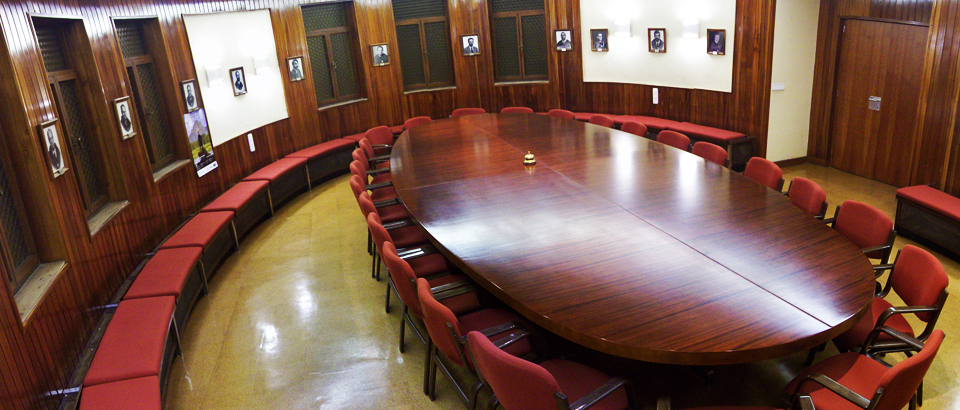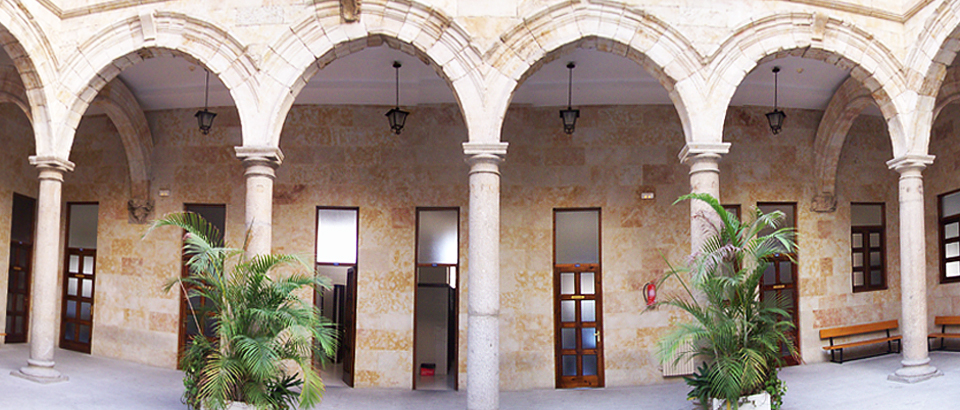TEDIGAN
Ministerio de Economía, Industria y Competitividad (2018-2020)
Tecnologías de diodos de GaN para generación y detección en la banda de subterahercios
With the aim of promoting the widespread use of the Terahertz technology, we propose the fabrication of solid state emitters and detectors at subTHz frequencies by exploiting the properties of GaN and the advantages provided by the use of two different types of devices: one classical, the Schottky barrier diode (SBD), and one novel structure, the gated SSD (G-SSD). The latter is the result of adding a top gate to the nonlinear nano-diodes so called self-switching diodes SSDs (nano-channels with broken symmetry), that in the last years, have shown excellent properties as THz direct detection elements.
By means of the gate contact of the G-SSDs it is possible to control the carrier concentration in the channel and thus the current flowing through the diode, directly linked to its nonlinearity and responsivity when acting as detectors. On the other hand, we propose to apply the G-SSD architecture to the fabrication of subTHz sources based on Gunn oscillations that, taking advantage of the optimization of the shaping of the geometry and the semiconducting material, will allow improving important aspects of the high-frequency source, such as the generated power, threshold voltage, efficiency and heat dissipation. Moreover, in order to obtain Gunn oscillations for the first time in GaN we will use a novel technological process based on doped GaN layers that we expect will allow the onset of this highly pursued result.
Even if the G-SSD architecture will be useful for enhancing the non-linearity of SSDs, the best non-linear devices for high frequency applications remain Schottky barrier diodes (SBDs), which, featuring an exponential I-V curve, are highly non-linear. Indeed, the well-established GaAs SBD technology is the preferred one not only for THz detection but also for building THz sources based on frequency multiplication. We propose to fabricate SBDs based on GaN to overcome the limitations imposed by the low breakdown electric field and low thermal conductivity of GaAs.
By addressing these two complementary approaches, G-SSDs and SBDs, both on GaN, we try to overcome the definitive bottlenecks for increasing the power generation and building high power detectors at subTHz frequencies, respectively. Monte Carlo simulations will be employed to analyze the physical processes underlying the operation of the devices and to design optimized structures. Basic test devices will be fabricated at the clean room of Salamanca University and the optimized ones at IEMN (France). Electrical and free space characterization in the subTHz range will finally be performed, thus allowing a feedback loop between characterization, simulations and fabrication technology that will allow to attain the improvement of the performances of the devices along the development of the project.






